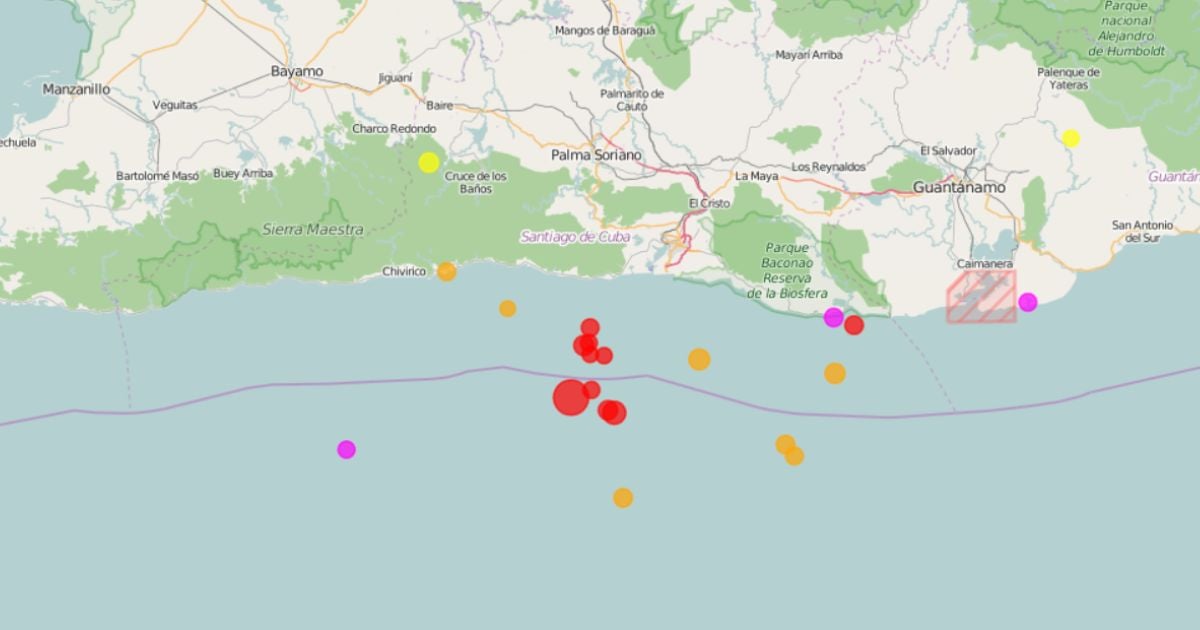
Following the registration of a 5.1 magnitude earthquake this Thursday, approximately 20 kilometers south/southwest of the city of Santiago de Cuba, seismologists are closely monitoring the aftershocks associated with this seismic event.
These replicas have a north-south orientation, which has garnered the attention of experts due to their similarity to the seismic swarm that occurred after the earthquake on January 17, 2016, reported Enrique Diego Arango Arias, head of the National Seismological Service of Cuba at the National Center for Seismological Research (CENAIS), via Facebook.
"The aftershocks have a south-north orientation, similar to the behavior of the earthquake swarm that began on January 17, 2016," the expert noted, recalling a seismic event and the days that followed, which kept the population of eastern Cuba, particularly in Santiago de Cuba, on edge.
However, Arango emphasized that it is impossible to predict how this seismic activity will evolve, and he stressed that the team at the Central Station of the National Seismological Service will continue to monitor the area.
It also shared a map of the registered epicenters, available for public consultation on the CENAIS website.
The 5.1 magnitude earthquake recorded this Thursday at 10:49 a.m. becomes the 12th noticeable seismic event in Cuba so far in 2024. The previous one occurred on September 7, with a magnitude of 3.8 on the Richter scale.
In 2023, a total of 14 perceptible earthquakes were recorded in Cuba, most of which were located along the Oriente fault, the country's main seismic activity zone and a boundary of tectonic plates in the southern part of the eastern region.
Filed under: